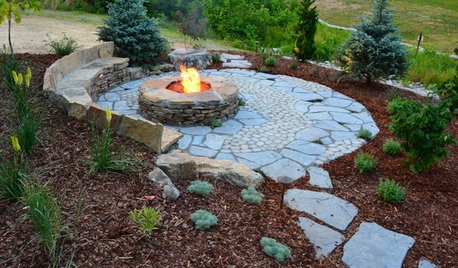soil after tree removal
tifbee
14 years ago
Featured Answer
Comments (17)
toxcrusadr
14 years agotifbee
14 years agoRelated Professionals
Eden Prairie Landscape Architects & Landscape Designers · River Forest Landscape Architects & Landscape Designers · Winder Landscape Architects & Landscape Designers · Arlington Landscape Contractors · Avocado Heights Landscape Contractors · East Lake-Orient Park Landscape Contractors · Lehigh Acres Landscape Contractors · Pahrump Landscape Contractors · Ramsey Landscape Contractors · Tavares Landscape Contractors · Golden Valley Landscape Contractors · Palos Heights Landscape Contractors · Centennial Decks, Patios & Outdoor Enclosures · Lenexa Decks, Patios & Outdoor Enclosures · Woodstock Decks, Patios & Outdoor Enclosurescowgirl2
14 years agorobinsway
14 years agoflora_uk
14 years agoSteven Laurin & Company
14 years agotifbee
14 years agotifbee
14 years agoflora_uk
14 years agoterrene
14 years agoninjabut
14 years agoval_s
14 years agobob64
14 years agoeverydaygardener
12 years agotoxcrusadr
3 years agoladas
2 years ago
Related Stories

LANDSCAPE DESIGNFlood-Tolerant Native Trees for Soggy Soil
Swampy sites, floodplains, even standing water ... if you've got a soggy landscape, these trees are for you
Full Story
GARDENING GUIDESHow to Pick a Mulch — and Why Your Soil Wants It
There's more to topdressing than shredded wood. Learn about mulch types, costs and design considerations here
Full Story
GARDENING GUIDESHow to Stop Worrying and Start Loving Clay Soil
Clay has many more benefits than you might imagine
Full Story
GARDENING GUIDES10 Solutions for Soggy Soil
If a too-wet garden is raining on your parade, try these water-loving plants and other ideas for handling all of that H2O
Full Story
GARDENING GUIDESGardening Solutions for Dry, Sandy Soils
Has your desert or beachy site withered your gardening creativity? Try these ideas for a beautiful, easy-care landscape
Full Story
HOLIDAYS10 Ways Your Christmas Tree Can Live On After the Holidays
Learn how to recycle your Christmas tree and reap benefits for the environment
Full Story
GARDENING GUIDESInvite Cellophane Bees to Your Garden by Providing Patches of Bare Soil
Look for cellophane bees (Colletes) pollinating flowering trees and shrubs in U.S. gardens this spring
Full Story
GARDENING GUIDESGet the Dirt on Your Garden’s Soil
Understand how your soil supports your plants so you can ensure your garden’s success
Full Story
GARDENING GUIDESThe Poop Scoop: Enrich Your Soil With Good Old Manure
Get over the ick factor already — this natural super-ingredient for soil has so many benefits, you'll wonder why you ever went chemical
Full Story
GARDENING GUIDESHouzz TV: Make a Worm Bin for Rich Soil and Happy Plants
A worm-powered compost bin that can fit under a sink turns food scraps into a powerful amendment for your garden. Here’s how to make one
Full StoryMore Discussions







toxcrusadr